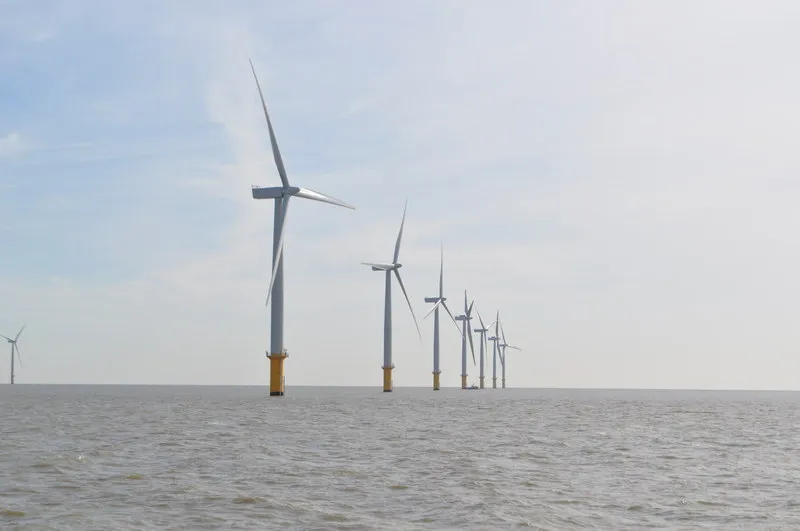
China's offshore wind investments to hit $9b yearly until 2040
By 2025, it is expected to have the largest offshore wind fleet in the world.
China will play a major role in offshore wind’s long-term growth as it is expected to account for one-quarter of global investments until 2040 or $9b of offshore wind investments yearly, according to a report by the International Energy Agency (IEA).
In 2018 alone China added 1.6 GW of offshore wind capacity, the most of any country.
Following the Stated Policies Scenario, China is expected to have the largest offshore wind fleet of any country, surpassing the United Kingdom. In the Sustainable Development Scenario, the country is expected to reach 175GW of installed capacity by 2040 with an annual investment of $13b between 2019-2040, which means that 8% of total power plant investment in China will be allocated to offshore wind.
“The technology is particularly attractive in China because offshore wind farms can be built near the major population centres spread around the east and south of the country,” said IEA. Additionally, China is interested in building farms on coastal provinces to boost local supply in these jurisdictions.
In the near-term, the country’s latest five-year plan calls for 5 GW of offshore wind capacity to be installed by 2020, and an additional 10 GW to be constructed in the pipeline, split amongst the coastal provinces. The National Development and Reform Commission (NDRC) also recently adopted a competitive bidding scheme for offshore wind capacity in an effort to drive down costs.
Around 2030, IEA expects China’s offshore wind reaches cost parity with coal-fired generation in LCOE terms.
“Following the Sustainable Development Scenario, CO2 pricing helps offshore wind reach cost parity with coal-fired power plants in the mid-2020s, and this leads to accelerating average capacity additions of over 10 GW per year after 2030,” the report added.
Global offshore wind is expected to become a $1t industry based on cumulative investment by 2040—a level of investment which equates to offshore wind accounting for 10% of renewables-based power plant investments worldwide.
“The global offshore wind market is set to expand significantly over the next two decades, growing by 13% per year in the Stated Policies Scenario. Bolstered by policy targets and falling technology costs, global offshore wind capacity is projected to increase fifteen-fold to 2040, becoming a $1t industry over the next two decades—matching capital spending on gas- and coal-fired capacity over the same period,” reported IAE.
Photo courtesy of Wikimedia Commons.


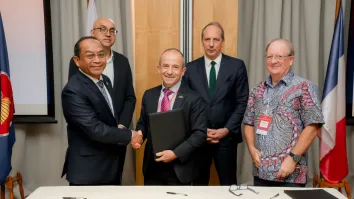







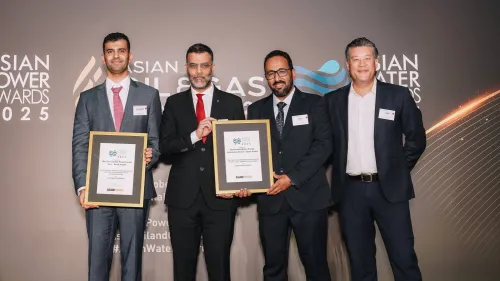





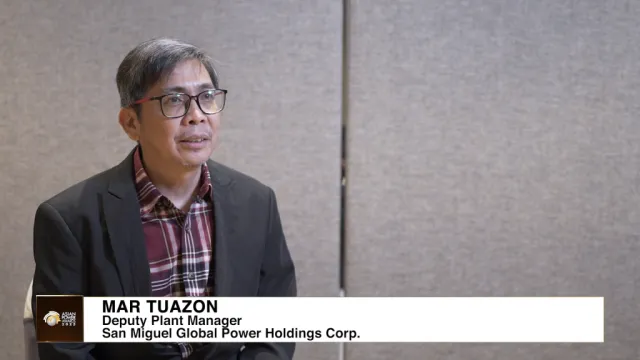
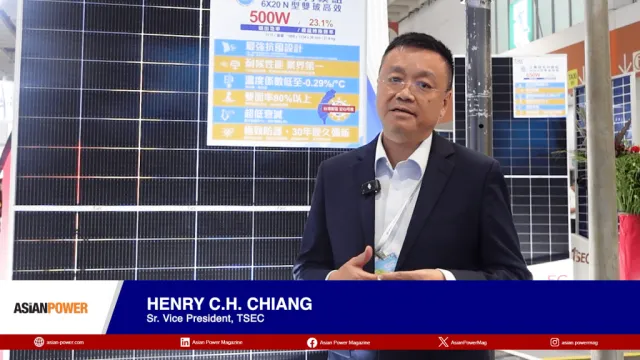

 Advertise
Advertise







